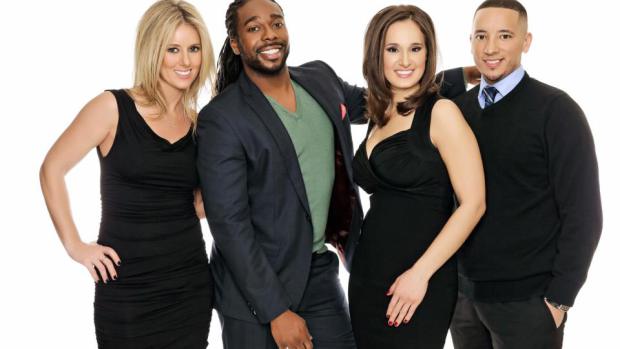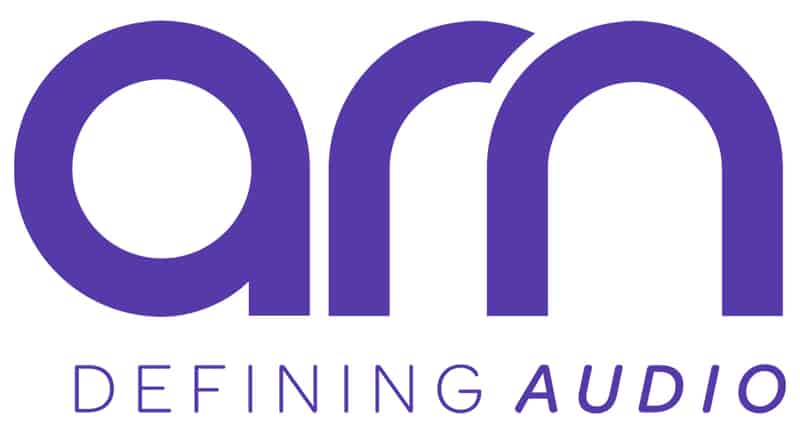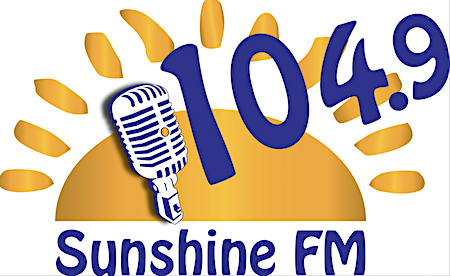How to Win the Ratings – The Breakfast Show Blueprint – Part 10
Greg Smith is a Director of Radio Today.
In this series of articles I wanted to explore the key ingredients of a top rating breakfast show.
I’ve enlisted the help of prominent programmers & researchers, people much smarter than me, to tell you how to win the ratings in radio’s most important daypart.
You can read part 1 with Jon Coleman, part 2 with Todd Wallace, part 3 with Randy Lane, part 4 with Brad March, part 5 with Rad Messick, part 6 with Dave Charles, part 7 with Mark Ramsey part 8 with Tracy Johnson and part 9 with John Parikhal.
Today we learn about what making great Breakfast radio from Steve Reynolds (pictured).
Steve Reynolds spent most of his career doing morning radio. When the time came to transition professionally, and noting the next level of growth for radio, he did the natural thing: made the commitment to help talent stay relevant, real, and entertaining.
From his start in little old Waterloo, Iowa to Springfield, Mass to Raleigh, NC, Reynolds learned the art of connecting with and entertaining the audience, what motivates the audience to return to a show each day, and the prep it takes to stay successful.
The Reynolds Group specializes in one thing: making your morning show great. We work with broadcast groups and managers who recognize that making an investment in the growth of their morning team grows the station. Whether your morning show is new or has been on the station for years, it’s your true point of differentiation in the marketplace. A viable, entertaining morning show helps you win ratings championships.
As someone who spent most of his career anchoring successful morning radio, Reynolds thinks like a morning person thinks – and tailors his approach with one objective: helping managers and talent develop a strategy to succeed while relating to the talent in a way where they buy in to grow their audience share.
Visit The Reynolds Group at www.reynoldsgroupradio.com to learn more or call (919) 821-4700.
—————
Steve Reynolds coaches radio talent in America and Europe. Having been a successful morning personality himself, Steve has a unique perspective on what works for breakfast shows. Steve works with high profile talent in the largest US cities, helping develop and keep successful very high profile breakfast shows.
Here are three large building blocks to consider when doing a breakfast show, according to Steve Reynolds.
Given the immense competition breakfast shows face to secure the attention and loyalty of listeners (and potential listeners), morning breakfast shows must approach prep and execution with a strategy to win. With the growth of TV breakfast shows, smart phones, online and digital entertainment, and listener’s fascination and preoccupation with social media, approaching the execution of a radio show from a strategic standpoint in this hyper-competitive environment helps you communicate what your show is about so you occupy turf in a market.
While doing a breakfast show for many years, it wasn’t until I watched focus groups about our program that this became apparent. I long wondered not if we were successful (ratings showed that we were), but why were we successful? What was it we did that listeners retained? How did they talk about the show (especially in relation to our competitors)? What compelled them to come back the next day? What about the show resonated with them?
The answers, I assumed as anchor and executive producer, didn’t completely match up to what they said. In my few years after watching these focus groups, we made different and better decisions, all correlated to the strategy, that became apparent from those focus groups. As a result, our ratings went up.
As I travel the United States and coach morning breakfast shows internationally, these three macro areas below are what we work on. My job is to help turn talent strategic. To help them understand what their show stands for and what it should be known for. Because radio breakfast shows need to be a reflection of the values, sensibilities, sense of humor, and life of those on the program, my objective is to help them become what they are verses turning them into what they’re not; a strategy assigned and characters who really aren’t them.
When you create entertaining content around a unique plot or strategy, you stand your best chance of winning…and winning big.
#1 You Must Have a Content Plot
Radio stations have music plots: In Los Angeles, KISS-FM is “LA’s #1 Hit Music Station”, KEARTH 101 has “the greatest hits on Earth”, Power 106 is “where hip hop lives”.
TV shows have plots: Seinfeld is “the show about nothing”. The Big Bang Theory is about “a woman living in an apartment next door to two brilliant but socially awkward physicists who shows them how little they know about life outside the lab.”
Every successful movie can be summed up in one sentence – its plot.

Your breakfast show must have one, too.
In other words, what is your show about? What is its meaningful point-of-differentiation in the market?
As an example, at B96, Chicago, the show (J-Show right) is about multiculturalism. At the crosstown Top 40 when we started, the anchor was a gay, middle-aged white guy (who rarely connected with the audience through these attributes), surrounded by other white people. That middle-aged, Anglo perspective worked for them.
Our job, as a new show, was to draw a contrast. To understand what was different about our program. With that separation, we owned a finite plot. Our anchor, J Niice, is Jamaican. Our co-anchor, Julian, is Asian. The female, Showbiz Shelly, is from white suburbia. And one of our on-air producers, Gabriel Ramirez, is Hispanic.
We leveraged this true youth and multiculturalism in our cast against the older Anglo perspective across the street and could authentically go places and create more genuine and different humor than our competitor. Our on-air positioning statement, “J and Julian – The Morning Show That Looks Like Chicago” was perfect for drawing in more major market 18-34s and within eighteen months, we had our win.
Without a content strategy, you cannot exist and the show cannot properly choose content. What’s yours?
#2 Be FAIR to be GREAT: Four Images You Must Own to Win
Regardless of format, breakfast shows must earn and affirm four very important images to succeed. As long as these are done in the style of the personalities of those actually on the show, they’ll fit and help you stand out:
Be Fun (the “F” of FAIR). Listeners turn breakfast shows on because they want to have a good time. Unless the news or pop culture cycle requires you to be serious, have fun and listeners will choose you each day. There is no breakfast program that wins that does not have significant humor images with its audience. This was a big image from the focus groups I watched on our show. Unaided, the audience said, “I have a good time when I listen to those guys.”
Be Authentic (the “A” of FAIR). People don’t generally want to wake up with people they don’t know. Listeners want to get to know talent so they can connect with them. Being honest and sharing those parts of your life where listeners will leave feeling like they know you and you’re just like them are critical to developing a relationship so they keep coming back. We only spend time in our personal life with people who are likable, genuine, vulnerable, honest, and authentic. Be that way with the audience.
Be Innovative (the “I” of FAIR). It’s not the topic, it’s what you do with the topic that makes it sticky. That’s not code for “do bits”. What you do with the topic must come from your interest in it. Listeners will take the trip if you are inquisitive and have interesting takes on things. Your being inquisitive about the topics of the day will lead to doing things with them that will keep listeners on the edge of their seats because your competitor didn’t do them.
Be Relevant (the “R” of FAIR). This compels you to understand the audiences’ values and interests. Share yours and be a reflection of theirs and they will say you understand what is important to them.
#3 You Must Set Appointments
The ratings will almost always be a game to get another occasion of listening. It’s almost impossible to extend an occasion because of listener’s schedules. So, two things to do this:
You must tease upcoming content so listeners feel like they will miss something if they tune away. Never tease anything more than 10-15 minutes away. And make sure you tease something of substance and in an intriguing way to the audience. If they wonder what you did because they had to leave, you wrote a great tease. Understand that you have a greater chance of getting a listener to come back the next day at the same time if you tell them at 7:15 today what you’re going to do tomorrow at 7:15 (if substantial and you’re prepped that far out).
Even more importantly, a few very fun and unique benchmarks, which define the show’s brand of humor, and are done each day at the same time, will keep listeners coming back for more. If you lock one or two highly entertaining benchmarks into the same spot, it will compel more occasions as the listener will want to be around the feature. These are the most valuable appointments because they affirm an image and create habitual listening in that moment because of it.
At B96, Chicago we put on a small group of highly entertaining benchmarks which gave us a potential 25 additional occasions per week. That fueled our rapid rise to number one.
What are yours?
Only one talent coach works with eight morning shows in the top ten US markets: The Reynolds Group.
Learn more about how The Reynolds Group can help you develop a custom content strategy and creative ideas by visiting www.reynoldsgroupradio.com.


